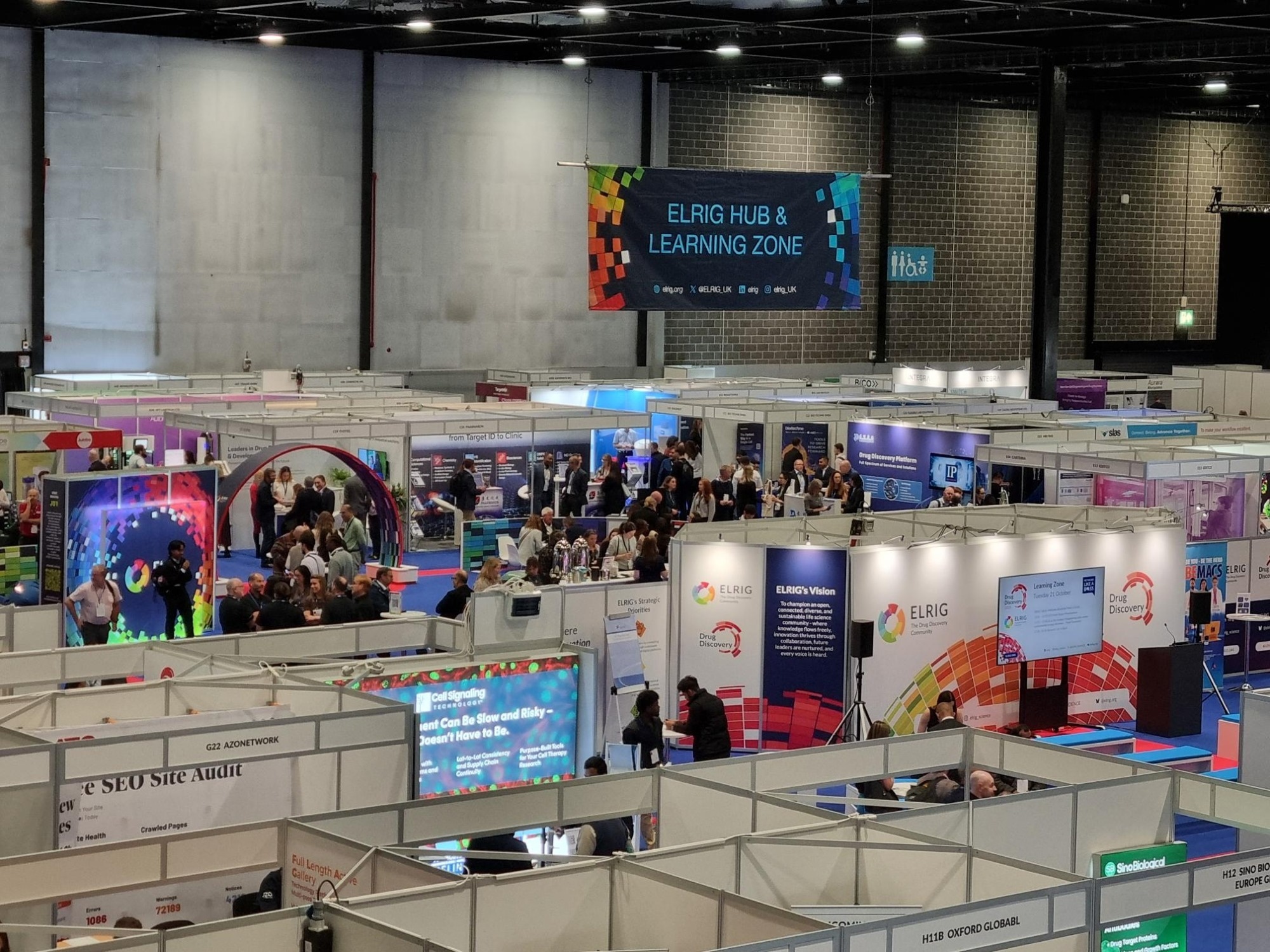A growing push for greener science is reshaping how drug developers design experiments, allocate resources, and measure their environmental footprint, driving a fundamental shift toward smarter, more responsible innovation across the entire R&D lifecycle.
 Image credit: Laurern Hardaker/AZoNetwork.com
Image credit: Laurern Hardaker/AZoNetwork.com
The conversation around sustainability has rapidly expanded in the pharmaceutical and life sciences industries. Once considered a niche concern, drug development sustainability is now a strategic priority for organizations looking to reduce environmental impact while maintaining scientific innovation. While environmental concerns often take centre stage, sustainability in drug development also extends to organizational resilience and long-term operational efficiency.
At ELRIG 2025, this industry-wide shift was reflected in many discussions. Rather than focusing on conference-specific initiatives, the broader message was clear: sustainability must be integrated into scientific decision-making from the outset.
One of ELRIG’s most impactful initiatives is a simple yet powerful one: encouraging all conference speakers to end their talks with a sustainability statement. These statements highlight practical changes implemented in their work, such as adopting acoustic dispensing to reduce solvent volumes and using higher plate formats to minimize plastic waste. While these may seem like small shifts, collectively they contribute to significant industry-wide reductions in resource use and emissions.
Find out more about ELRIG events here!
Understanding which parts of the drug development lifecycle contribute most to carbon emissions is essential to targeting improvements. In manufacturing, emissions are often tied to energy-intensive processes. Yet it’s also an area with high potential for system-wide optimization.
In contrast, earlier discovery phases are complex and decentralized, making it harder to pinpoint and implement sweeping changes. Decentralization makes standardization and measurement particularly challenging, highlighting the need for shared frameworks and cross-team alignment.
Regardless of where emissions originate, one clear and common contributor is travel, whether it is daily commutes or global conferences.
[travel] may not be your primary contributor, but it's certainly something people are very mindful of. Whether that's your daily commute to work or whether it’s the people who come to visit you
Rob Howes, Senior Director, Charles River Laboratories
With the rise of virtual collaboration, organizations now face the challenge of balancing the environmental savings of remote work with the irreplaceable value of in-person interaction. This balance is becoming a key component of sustainability strategies, not just an operational decision.
Emerging technologies are crucial in addressing these challenges. Acoustic dispensing, for instance, is already widely adopted and has drastically cut the use of hazardous solvents. Meanwhile, process-driven tools like Design of Experiment (DoE) are proving invaluable for embedding sustainability into assay design, allowing researchers to reduce waste and eliminate harmful reagents from the start. Yet, tools alone are not enough; cultural change and intentional design choices are equally critical to making meaningful progress.
Using design of experiment as a technology. It's not about being a physical thing or object, it’s a way of thinking about running processes with a focus on sustainability as the endpoint
Rob Howes, Senior Director, Charles River Laboratories
However, one of the most persistent issues remains the use of virgin plastics in lab settings. From pipette tips to assay plates, plastic waste is rampant and often contaminated, meaning it can’t be recycled and must be incinerated. Tackling this waste stream is a critical next step in the industry’s sustainability journey. But plastics are just one component of a much larger materials challenge, including procurement, packaging, and supply-chain practices that must evolve in tandem.
As awareness grows, the key is fostering transparency, sharing best practices, and supporting cultural change. As the industry evolves, sustainability must become an integrated part of how science is conducted, not just a compliance checkbox.
You may not think these small changes makes a huge difference, but when multiple organizations are making those adjustments, it has a significant impact on environmental sustainability
Rob Howes, Senior Director, Charles River Laboratories
By starting with small, actionable changes and scaling them through community and collaboration, the drug development industry can drive meaningful progress toward a greener, more sustainable future.
Last Updated: Nov 19, 2025